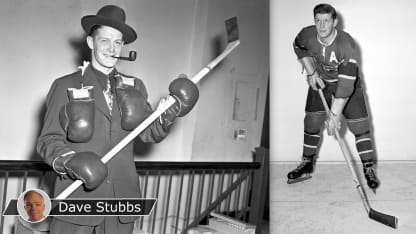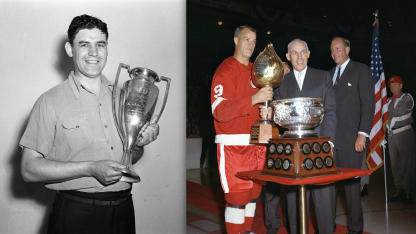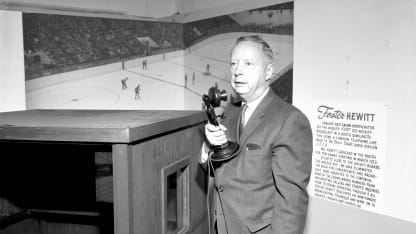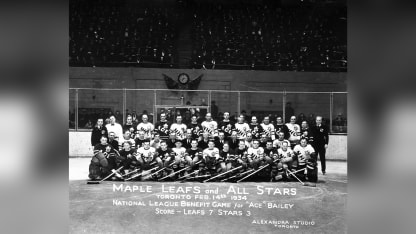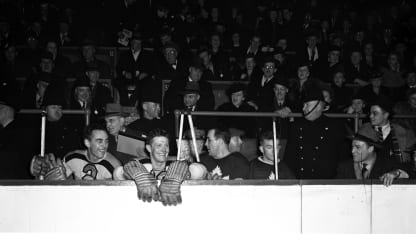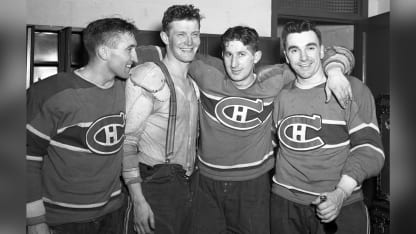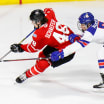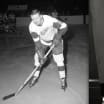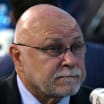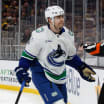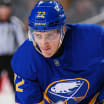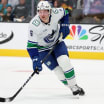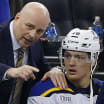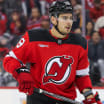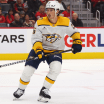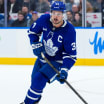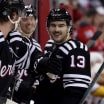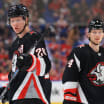Broadcast pioneer Foster Hewitt began calling NHL games in the early 1920s using a telephone. In fact, it was CFCA Radio's Norman Albert, not Hewitt as stated on the display behind him, who broadcast hockey for the first time: the third period of an intermediate-league Toronto game on Feb. 8, 1923, then that Valentine's night third period of the NHL's Toronto St. Patricks-Ottawa Senators game. Turofsky/Hockey Hall of Fame
Nine NHL games will be played this Valentine's Day, 18 of the League's 32 teams lacing up. Twenty television networks will carry the action live, 19 radio networks calling the play-by-play.
A century ago tonight, all four NHL teams were in action, history made on Feb. 14, 1923 when CFCA, the radio property of the Toronto Star newspaper, broadcast the third period of the Toronto St. Patricks' 6-4 home-ice win against the Ottawa Senators from Mutual Street Arena.
It was the first time an NHL game was broadcast on radio, though details are sketchy at best, not reported by newspapers of the day. Star employee Norman Albert's call was an experiment, almost undercover, done primitively by telephone back to CFCA studios and amplified for broadcast via transmitter. It soon would pave the way for the arrival of legendary broadcaster Foster Hewitt.
Those tuned in on Valentine's night 1923 would hear Toronto forward Jack Adams, the future Detroit Red Wings general manager for whom the NHL's coach of the year award is named, score the first League goal shared with a radio audience, beating goalie Clint Benedict at 1:20 of the third period. Three straight Ottawa goals that period would not be enough to overcome a 5-0 deficit.
